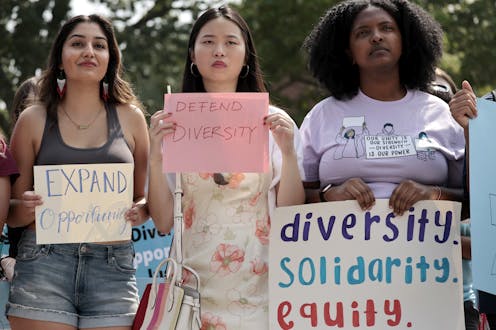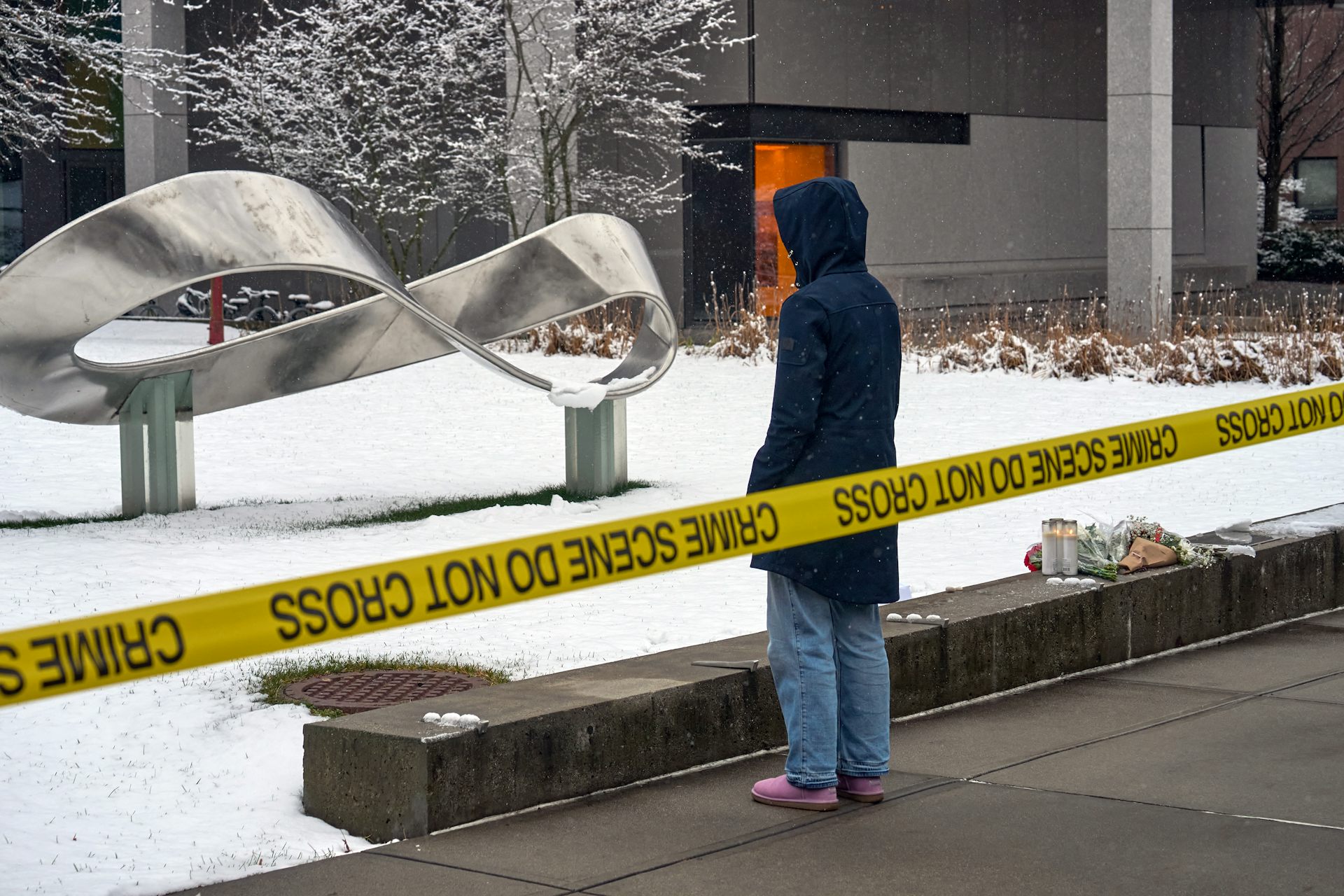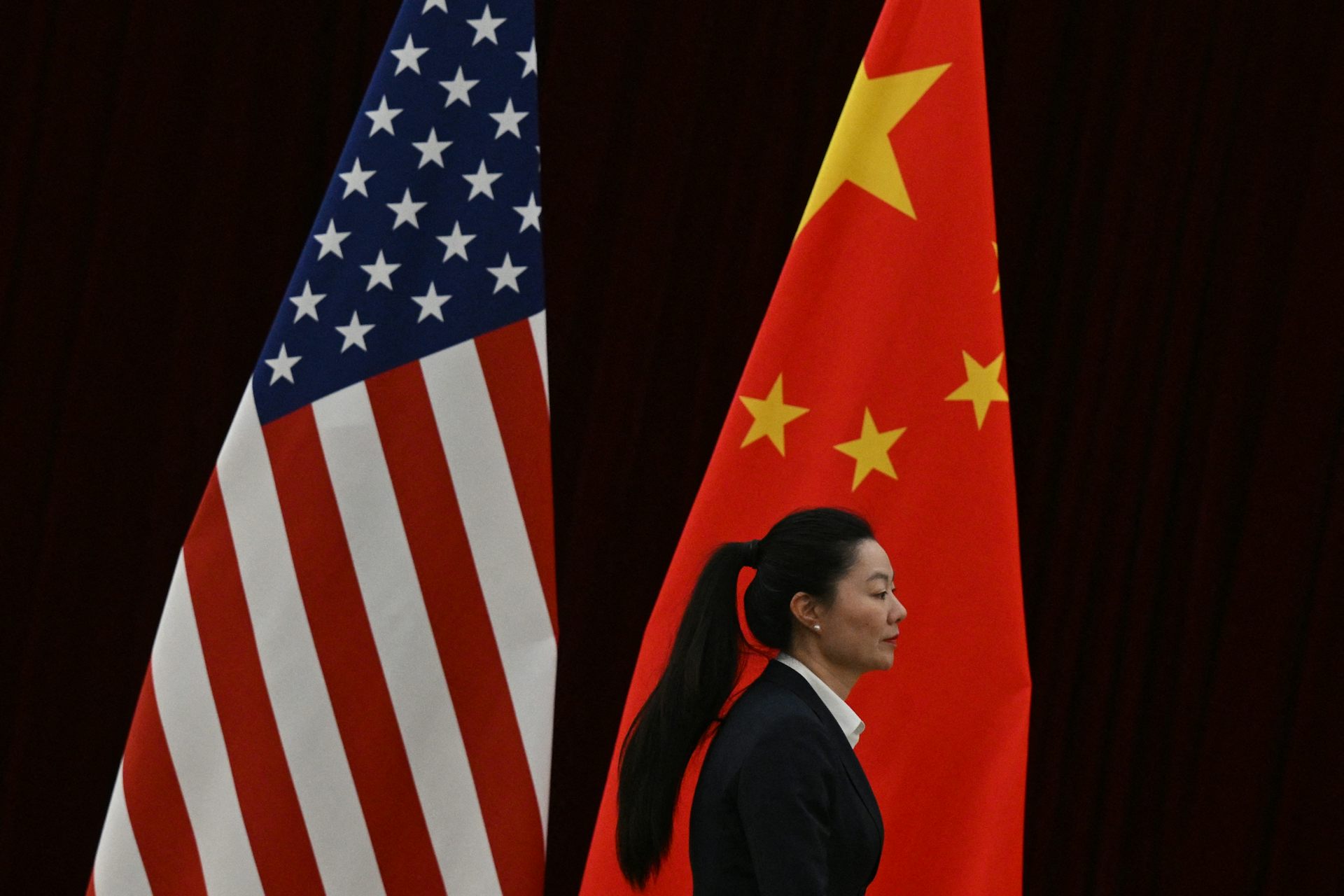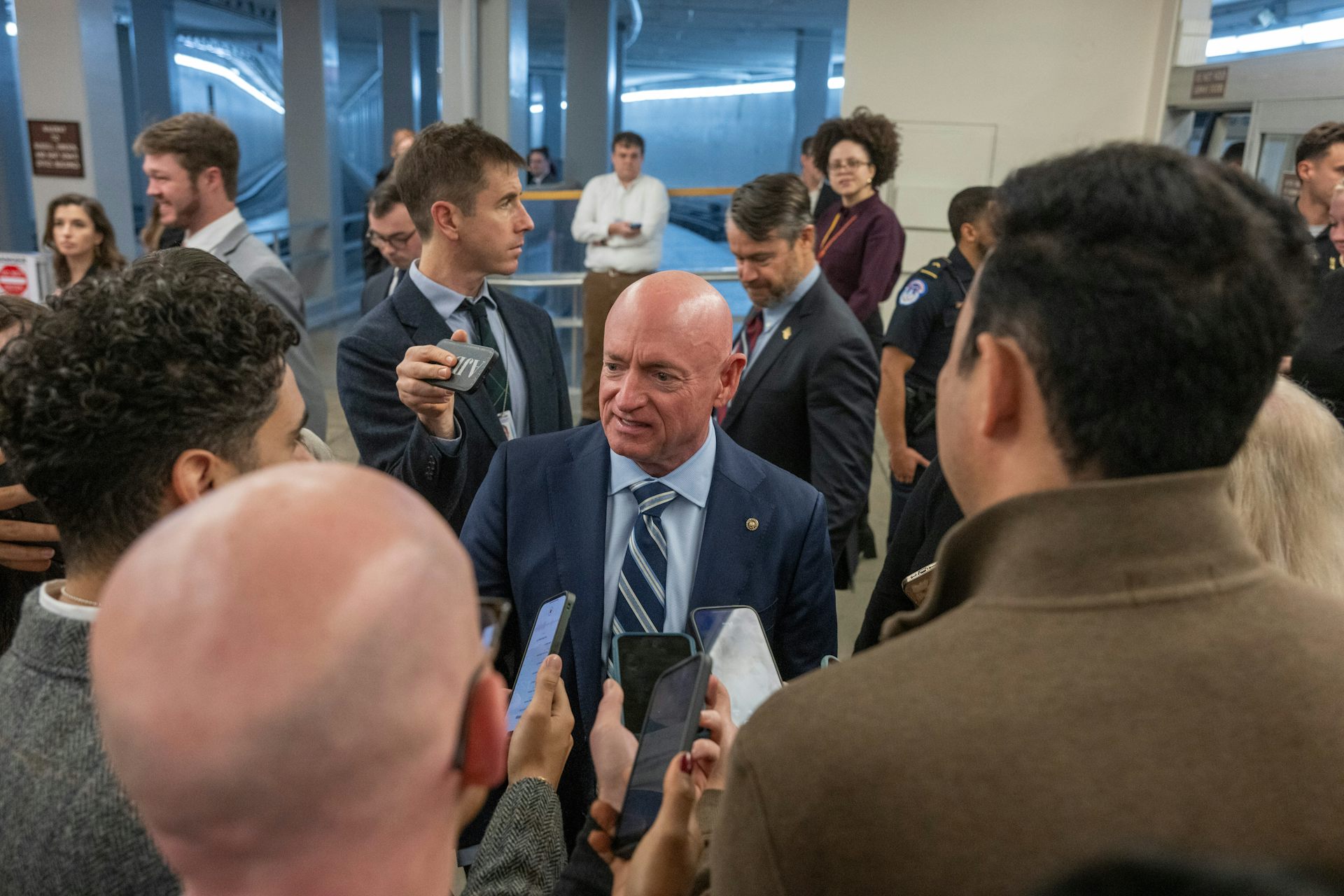Affirmative action lasted over 50 years: 3 essential reads explaining how it ended
The Supreme Court’s decision to ban affirmative action programs reverses nearly 50 years of its own decisions that ruled diversity was of vital national importance.

Ever since U.S. President Lyndon Johnson enacted affirmative action in 1965, white conservatives have challenged the use of race in college admissions.
Their arguments against such policies are typically based on the use of the equal protection clause of the U.S. Constitution’s 14th Amendment, which prohibits discrimination against American citizens on the basis of their race, religion or sexuality.
According to this conservative thinking, race-based solutions are discriminatory by their very definition and, as such, are unconstitutional.
The question, then, is how does an institution try to offer a modern-day remedy to atone for long-standing patterns of racial discrimination?
Over the years, The Conversation U.S. has published numerous stories exploring affirmative action – and what diversity on college campuses means with race-neutral admission policies. Here is a selection from our archive.
1. An ambitious start to level the playing field
During his 1965 commencement address at Howard University, Johnson explained how he intended to make right the wrongs of the past.
“Freedom is not enough,” he declared in his speech, “To Fulfill These Rights.” “You do not take a person who, for years, has been hobbled by chains and liberate him, bring him up to the starting line of a race and then say, ‘you are free to compete with all the others,’ and still justly believe that you have been completely fair.”
One of Johnson’s solutions, as affirmative action scholar Travis Knoll pointed out, was affirmative action.
Unlike the conservative majority on today’s Supreme Court, “Johnson understood that the U.S. could not serve as a moral leader around the world if it did not acknowledge its past of racial injustices and try to make amends,” Knoll contended.
Read more: Supreme Court is poised to dismantle an integral part of LBJ's Great Society – affirmative action
2. Court’s mixed history on affirmative action
The battle over affirmative action heated up during the 1970s when a legal challenge reached the U.S. Supreme Court in Regents of the University of California v. Bakke.
In that 1978 case, Associate Justice Lewis Powell wrote that while race can still be one of several factors in the admissions process, a separate admissions process for minority students was unconstitutional.

Since then, the Supreme Court has issued different rulings on whether race could be used in college admissions.
As University of Pennsylvania race and equity legal scholar Kenneth Shropshire wrote, the court had subtly established an affirmative action expiration date in its 2003 Grutter v. Bollinger decision.
In that case, Associate Justice Sandra Day O’Connor wrote that the “Court expects that 25 years from now, the use of racial preferences will no longer be necessary to further the interest approved today.”
But Shropshire explained that that O'Connor’s deadline was one of desire and not reality.
“The vestiges of past discrimination and the unfortunate existence of ongoing discrimination continue,” Shropshire wrote. “No deadline has made these wrongs and their impact disappear.”
3. Selective colleges will become less diverse
Natasha Warikoo, a sociology professor at Tufts University and author of “Is Affirmative Action Fair?: The Myth of Equity in College Admissions,” shared insights on how the racial and ethnic makeup of student bodies at selective colleges and universities will change now that the Supreme Court has decided to outlaw affirmative action.
As she pointed out, nine states already have bans on affirmative action, and studies of college enrollment in those states suggest that enrollment of Black, Hispanic and Native American undergraduate students will decline in the long term.
“Ending affirmative action will make it harder to increase the percentage of professionals and leaders from minority backgrounds,” she explained. “This is because, as research has shown, affirmative action has increased the number of Black college graduates and, in turn, increased the number of Black professionals with advanced degrees.”
Read more: Affirmative action bans make selective colleges less diverse – a national ban will do the same
Editor’s note: This story is a roundup of articles from The Conversation’s archives.
Read These Next
School shootings dropped in 2025 - but schools are still focusing too much on safety technology inst
Prevention methods like lockdown drills do not account for many scenarios, including the likely case…
2 superpowers, 1 playbook: Why Chinese and US bureaucrats think and act alike
The men and women tasked with implementing policy are governed by the same incentives and constraints…
Gazing into the mind’s eye with mice – how neuroscientists are seeing human vision more clearly
It was once believed that mice had relatively poor vision. Turns out mice are far from blind – and…





